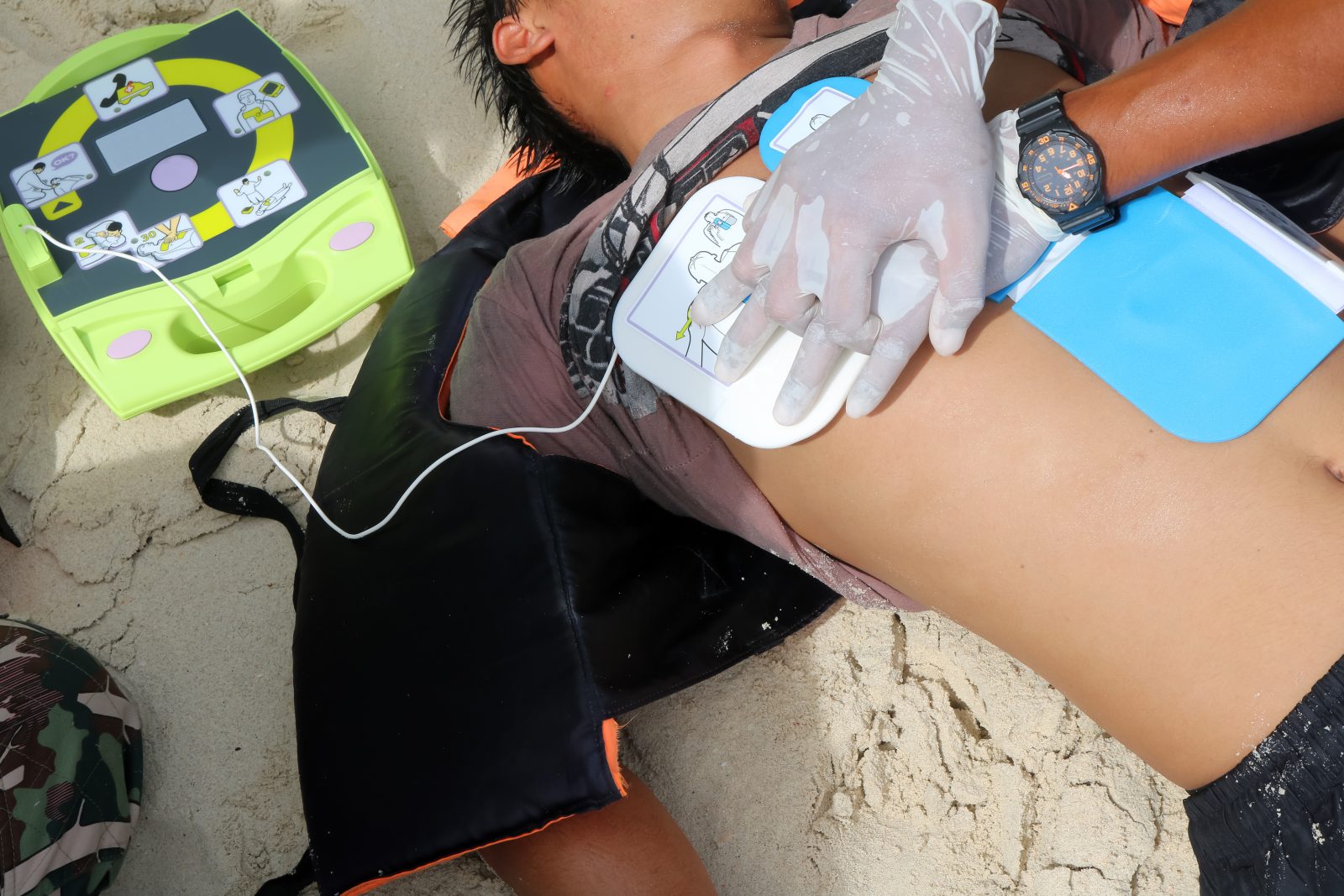What is cardiopulmonary resuscitation (CPR)?

Cardiopulmonary resuscitation (CPR) is a lifesaving technique useful in many emergencies, including a heart attack or near drowning, in which someone’s breathing or heartbeat has stopped. The American Heart Association recommends that everyone — untrained bystanders and medical personnel alike — begin CPR with chest compressions.
It’s far better to do something than to do nothing at all if you’re fearful that your knowledge or abilities aren’t 100 percent complete. Remember, the difference between your doing something and doing nothing could be someone’s life.
The American Heart Association gives the following advice:
- Untrained – If you’re not trained in CPR, then provide hands-only CPR. That means uninterrupted chest compressions of 100 to 120 a minute until paramedics arrive (described in more detail below). You don’t need to try rescue breathing.
- Trained and ready to go – If you’re well-trained and confident in your ability, check to see if there is a pulse and breathing. If there is no breathing or a pulse within 10 seconds, begin chest compressions. Start CPR with 30 chest compressions before giving two rescue breaths.
- Trained but rusty – If you’ve previously received CPR training but you’re not confident in your abilities, then just do chest compressions at a rate of 100 to 120 a minute. (Details described below.)
The primary purpose of CPR is to maintain a flow of oxygenated blood to the brain and the heart. Effective CPR helps by delaying tissue death and provides an opportunity for a successful resuscitation without permanent brain damage if initiated quickly and effectively. Permanent cellular damage and death start to occur within 3 to 5 minutes of a cardiac arrest.
CPR ‘buys time’ until the arrival of a defibrillator. A defibrillator is a device that delivers an electrical shock to the heart in an attempt to restore a normal heartbeat. Automated External Defibrillators (AED’s) can be found in many public places and are designed to be used by laypeople with no formal training.
Survival is greatly increased when CPR is started immediately. Roughly 300,000 individuals suffer cardiac arrest outside of a hospital each year in the United States. Only an estimated 6% of that 300,000 survive. Knowing how to perform CPR may make the difference between life and death.
Call Now to speak with a UniFirst First Aid + Safety CPR/AED Specialist
Click Here to learn more about CPR
Chat? Click on the “Live Chat” button
